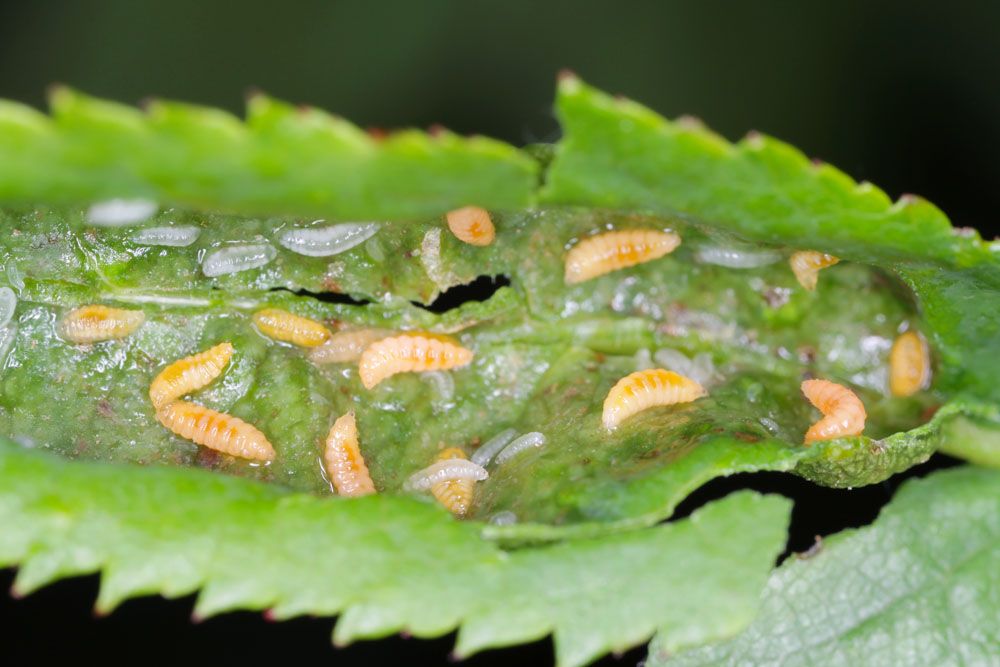
Rose Midge – Dasineura rhodophaga
Rose Midge: Appearance, Territory, Damage and Life Cycle
Latin Name:
Dasineura Rhodophaga
Appearance:
The adults, which are approximately 1/20 of an inch long and appear like a small mosquito, deposit eggs in flower buds and the terminals of new growth. The larvae are 1/16 inch long and white or reddish in color. They hatch and feed on the plant tissue around them, which ultimately turns black and burned looking. Rose midges resemble mosquitos in appearance and emerge from soil pupae.
Host Plant:
Roses, especially hybrid tea varieties, appear to be the only host plants that rose midges feed on. This damage frequently kills or mutilates developing flower buds. Rose midge damage can also cause “blind” shoots, in which no flower buds seem to emerge.
Territory:
Early in the spring, about the time roses begin their new growth, rose midges emerge from pupae in the soil.
Damage Caused:
The rose midge’s tiny maggot stage feeds by slashing small slashes in growing plant tissues and sucking the sap and their feeding causes damaged tissue to turn brown, then black. This damage frequently kills or distorts developing flower buds. Rose midge damage can also cause “blind” shoots, where no flower buds seem to emerge. The dead tissues turn brown or black, and new buds and shoots are malformed and die. Damaged buds produce abnormal blooms.
Life Cycle and habits:
The rose midge’s life cycle lasts 12-16 days and begins with the adults emerging from the soil in late spring, flying to the developing tips of rose canes and sometimes after the first crop of blooms. Females deposit eggs under the sepals of flower buds or between folded leaves of leafy tips during the adult stage, which lasts just 1 or 2 days. Maggots eat and develop within the buds after the eggs hatch in two days. Within five to seven days, mature larvae fall to the ground to pupate, creating a little white silken cocoon from which the adult emerges, and the life cycle begins again. The entire life cycle can take up to two weeks, with many generations taking place throughout the growth season. The key determinant of pupal development and adult emergence is soil temperature.
